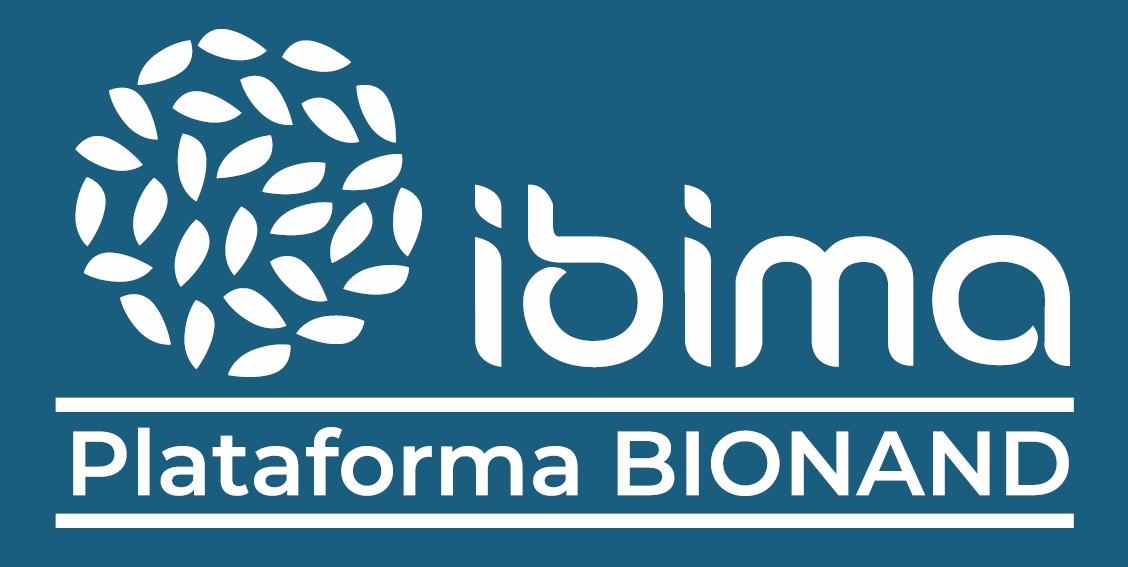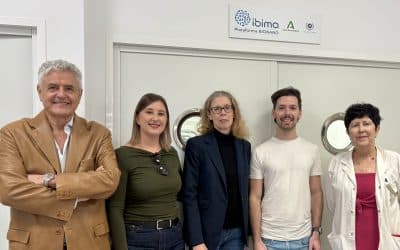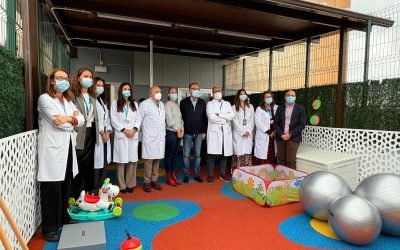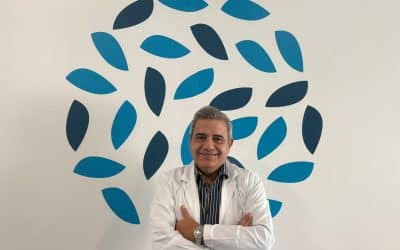-
- Through cationic carbon nanoparticles, a tiny particle designed to allow the incorporation of genetic material into cells, the aim is to increase the efficiency of the incorporation of genetic information by cells.This study developed at IBIMA Plataforma BIONAND is fundamental to improve the molecular tools for gene incorporation by cells, which is crucial for numerous biomedical assays and potentially even gene therapy.
Researchers from the Malaga Biomedical Research Institute and Nanomedicine Platform (IBIMA Plataforma BIONAND) and the University of Malaga (UMA) have discovered an innovative way to introduce genetic material into our cells (so-called cell transfection), finding a very special way to do so using something called ‘cationic carbon nanoparticles’ or CCDs, small carbon particles coated with a positive electrical charge, which allows them to transport vectors with genetic information into our cells in a very safe and efficient way. The study has been published in the scientific journal ‘Biological Procedures Online’.
The cationic carbon dots attach to the genes we want to introduce, which have a negative charge, forming a kind of ‘package’ that can enter our cells without any problems. Once inside, these CCDs allow the genetic material to be released and can be expressed to produce the specific proteins encoded to start doing their job. This is important, because depending on which genes we ‘package’ the applications of this introduction of genetic information can have many different applications, mainly in research, to better understand how our cells work, to model pathologies and even to think about future developments in gene therapy (treating or curing diseases by introducing genes).
The team of scientists, led by Elena González, coordinator of the scientific area ‘Nanosystems and Advanced Therapies’ at the Institute, have discovered that CCDs are really effective and that ‘not only do they increase the efficiency of the introduction of genetic material into cells, but the method is very respectful of the cells and hardly affects their survival and viability’, emphasised the coordinator, who is also a lecturer in the Department of Cell Biology, Genetics and Physiology at the UMA.
Elena González is also a researcher in charge of the group ‘Cellular reprogramming (iPSCs) and cellular models of disease for biomedical applications’, both at the UMA and the IBIMA BIONAND Platform.
These cationic carbon nanoparticles, on the other hand, are easy to produce even on a large scale, which means they could be useful in many biomedical research applications, as well as to facilitate the research needed before they can be used in gene therapy for disease treatment or vaccine production, among others.
Elena González herself said she was ‘very proud of this study, which will continue to be developed further to exploit the advantages of these cationic carbon nanoparticles, due to the safety and efficiency with which they allow genetic material to be incorporated into cells’.
In addition, the team has assured that research in this field is fundamental, an example of the need and importance of basic research, of the generation of knowledge and tools for biomedical application.
Un estudio pionero desarrollado en Málaga confirma el papel del intestino en el daño hepático
Investigadores de Málaga logran un avance clave en la comprensión de las enfermedades hepáticas al confirmar una conexión fundamental entre el intestino y el hígado. Un equipo multidisciplinar liderado por investigadores del grupo Hepatogastroenterología, Farmacología...



